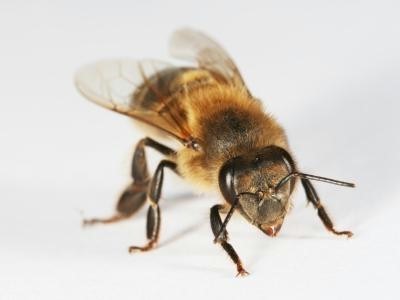Caucasian Honey Bees (Apis mellifera caucasca) originated from the high valleys of the Central Caucasus. Georgia is the central homeland for the subspecies, although the bees also can be found in Eastern Turkey, Armenia, and Azerbaijan.
They have a long history of importance to beekeeping
worldwide. They were first introduced in the United States in 19th century. The Russian Revolution and consequent annexation of Georgia by Red Army in 1921 halted the export of Caucasian bees. Subspecies were studied and cultivated primarily by Soviet entomologists. Soviet officials were concerned about preserving the purity of the Caucasian species and outlawed any export without special permission.
International exports were continued in 1969. According to a UK newspaper "the grey mountain bee of the Soviet Union has been judged the best in the world and awarded a gold medal. The grey caucasian
bee is distinguished for its industry and it collects honey, even when it is
raining. Many foreign beemasters have requested for them and as many as 200,000 have been sent to Europe, Asia, and America this year."
They have a long proboscis or tongue. So they can work certain flowers other honey bees cannot. They are very gentle. However, they don't build up very fast in the spring and are very heavy on propolis, making the hive very sticky to work.
